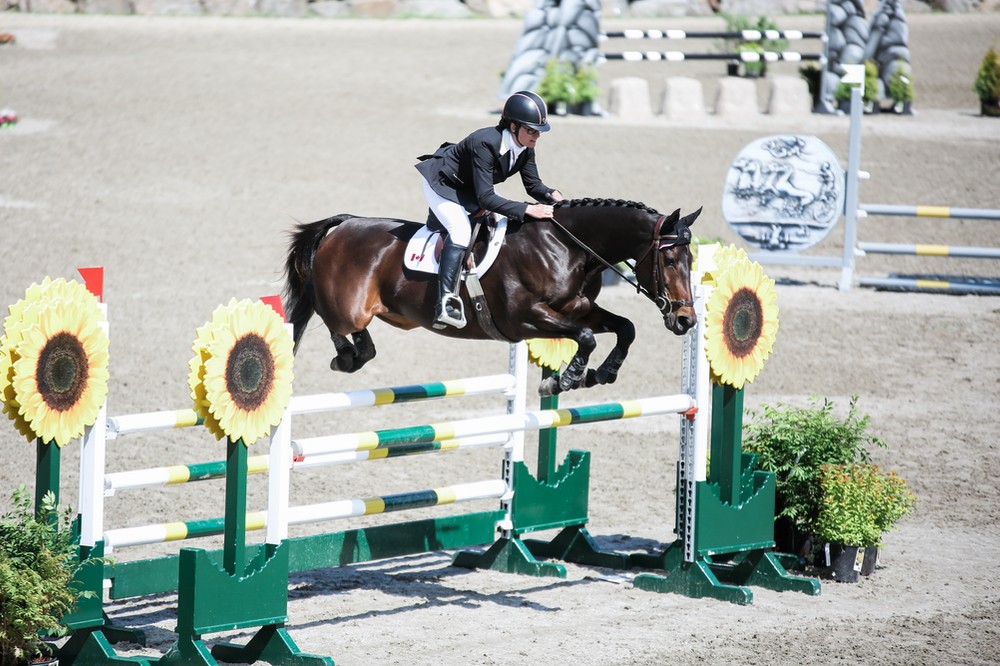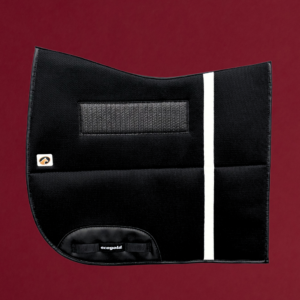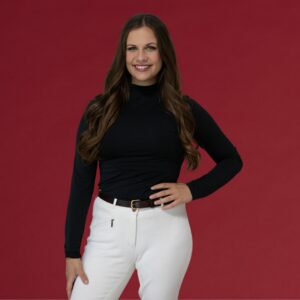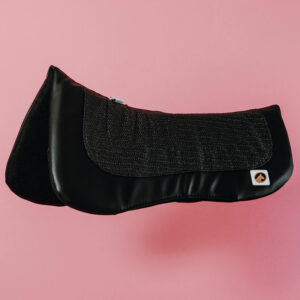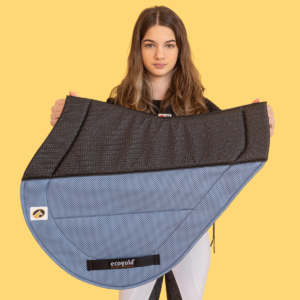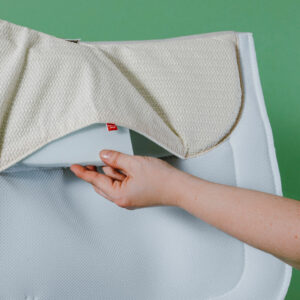Good balance is directly related to good riding. If the rider is able to keep her aids independent from her balance, the horse is better able to understand the true meaning of each aid – reins, legs and seat. Clearer aids mean a more accurate ride. Here’s four ways your can improve your balance and your rides.
Build your core. There are plenty of exercises you can do without a horse that will help your balance in the saddle. Stabilized crunches, Russian twists, bicycles, planks, or even deadlifts can help you improve core strength. As with any exercise, make sure you’re practicing proper form to avoid injury.
Practice correct equitation. Equitation is not just about looking pretty, it’s about being effective. By riding in the correct position, you’re moving with the horse thus making you less likely to disrupt his rhythm with incorrect leg or rein aids. Practicing correct equitation will also help you strengthen your legs and core which will help you keep your balance if you and your horse do happen to get out of sync.
Release mental tension. Are you nervous because your new boyfriend is watching you ride for the first time? Are you fearful of your mount? Did you have a stressful day at work? Nervousness, stress, or fear creates tension in the body that can often inhibit the rider’s ability to stay balanced with the horse. While you can’t always make all stress go away before every ride, it’s important to be conscious of what types of stress or fears might be affecting your balance during your ride and adjust accordingly. Often times a slightly longer warm up or starting with an exercise that you know is likely to boost your confidence can help you ease tension in your body and help restore your ability to balance in the saddle.
Make sure your saddle fits and sits properly. A saddle that is too big or too small can affect how a rider sits on her horse and in turn her balance. Conversely, a saddle that fits both rider and horse properly and doesn’t slip back or forward can help keep the rider balanced and within the motion of the horse without being too far back or too far forward.

